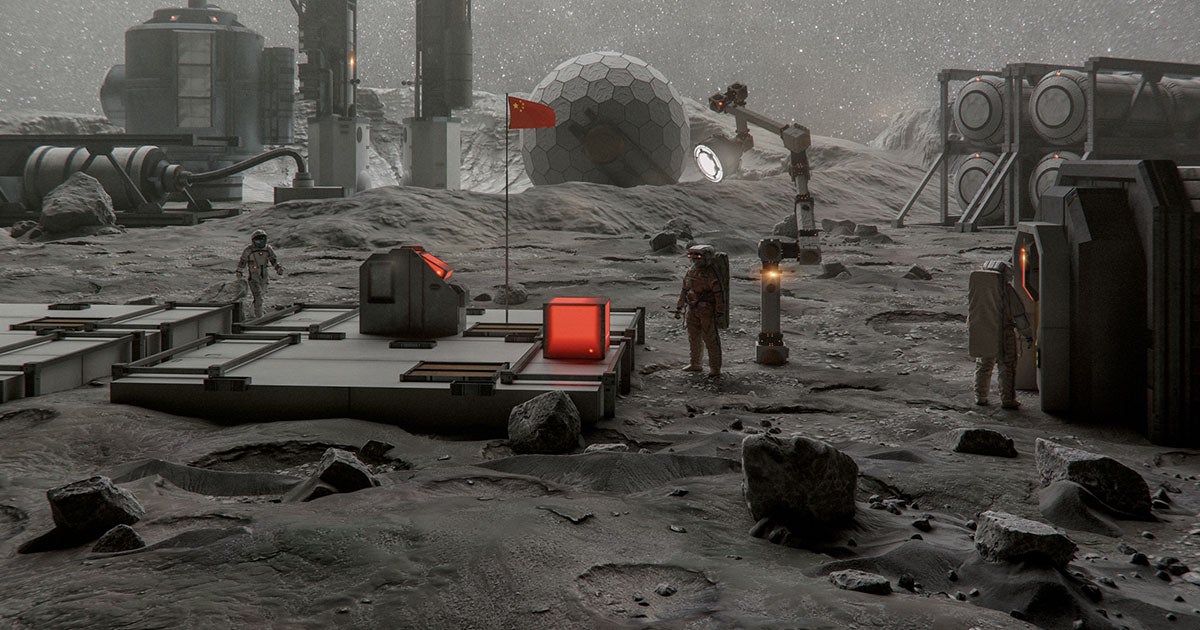Chinese researchers have unveiled a groundbreaking method for extracting water, oxygen, and potential rocket fuel from lunar soil. The new approach, detailed in a paper published in the journal Joule, employs a “photothermal strategy,” which converts light into heat, facilitating chemical reactions that could support long-term human habitation and exploration on the Moon.
The innovative process enables the conversion of carbon dioxide extracted from water into useful gases, including carbon monoxide and hydrogen. The researchers emphasize the necessity of utilizing local resources, noting that transporting water from Earth is prohibitively expensive—costing approximately $83,000 per gallon.
Lu Wang, a professor at the Chinese University of Hong Kong, Shenzhen and coauthor of the study, expressed surprise at the effectiveness of their method. “We never fully imagined the ‘magic’ that the lunar soil possessed,” he stated. Wang highlighted the significance of their findings, noting that the integrated approach to extract lunar water and catalyze carbon dioxide could significantly enhance energy efficiency while reducing the complexity of infrastructure needed for future lunar missions.
Research Insights and Challenges Ahead
The research team focused on simplifying existing water extraction methods from lunar regolith, which are typically energy-intensive. Their technique not only extracts water but also prepares it for conversion into fuels, potentially transforming carbon dioxide exhaled by astronauts into usable energy sources.
The team tested their photothermal method using samples from the Moon collected during China’s Chang’E-5 mission, which launched in November 2020. These samples were retrieved from the northwest region of the Moon’s near side. While the laboratory experiments yielded promising results, the researchers caution that the actual lunar environment presents numerous challenges. Factors such as radiation, low gravity, and extreme temperature variations could complicate water extraction and conversion efforts.
Despite these hurdles, the advancements signal significant progress for the Chinese space program, which has rapidly evolved over the past two decades. Once considered a minor player in the international space race, China is now launching its own astronauts and developing plans to establish a Moon base by 2035. This rapid development positions China to potentially surpass other nations in space exploration initiatives.
As this research unfolds, it offers a glimmer of hope for future sustainable human presence on the Moon. The potential to utilize local resources not only reduces reliance on Earth but also enhances the feasibility of long-term extraterrestrial exploration.
The researchers remain optimistic about the implications of their work, which could pave the way for future missions aimed at harnessing the Moon’s resources. With continued advancements in technology and understanding of lunar conditions, humanity may be one step closer to establishing a lasting foothold beyond Earth.
